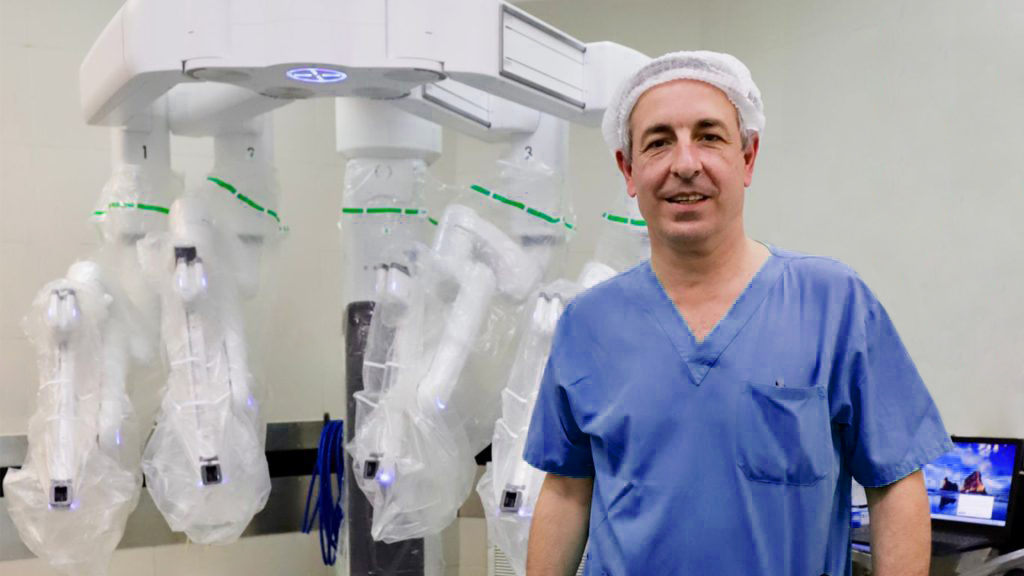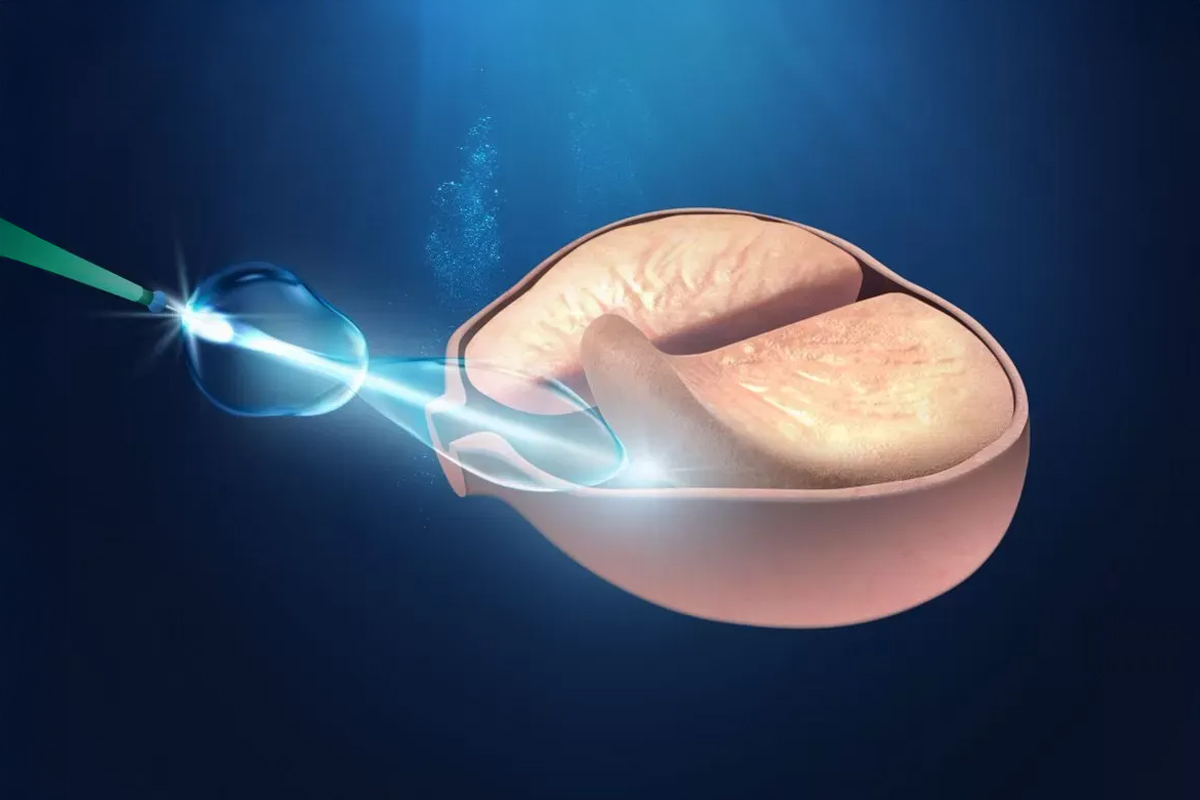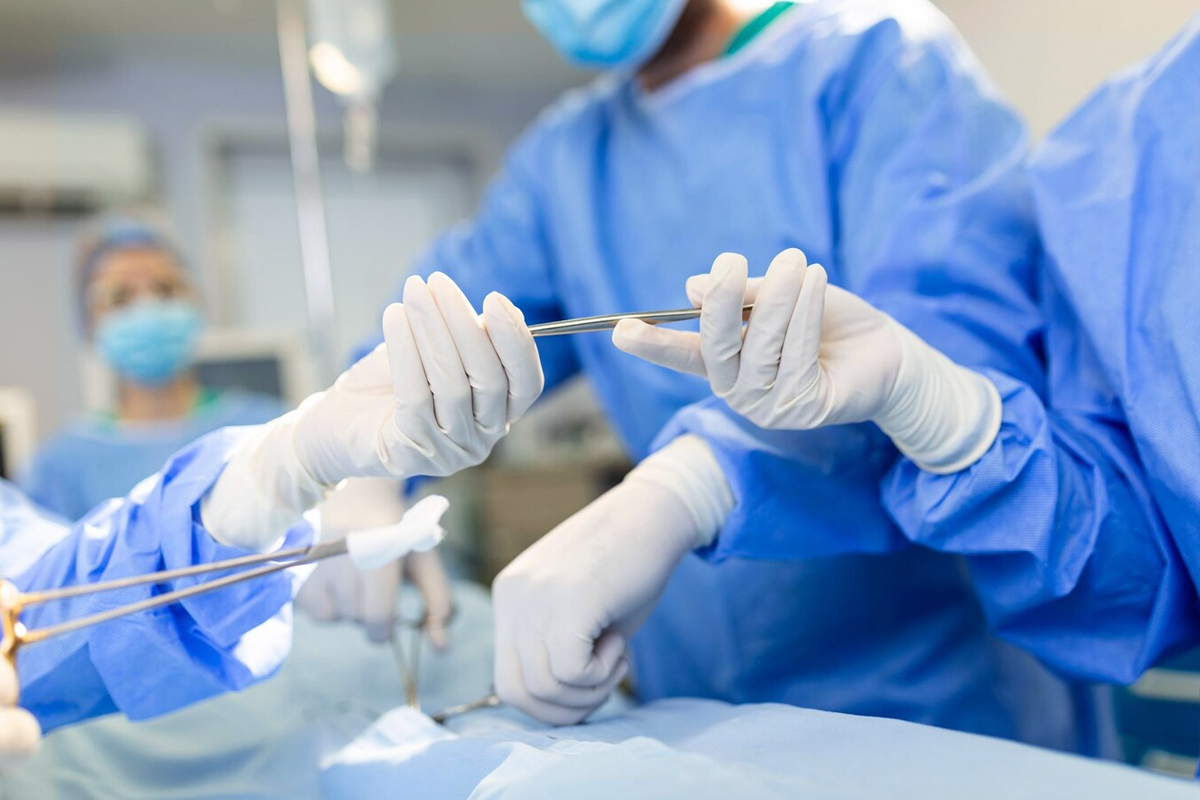El sistema quirúrgico Da Vinci brinda a los cirujanos una alternativa tanto a la cirugía abierta tradicional como a la laparoscopía convencional, poniendo las manos del cirujano en los controles de una plataforma robótica de última generación. El Robot da Vinci permite a los cirujanos realizar hasta las intervenciones más complejas y delicadas mediante muy pequeñas incisiones con una precisión sin precedentes, mejorando la destreza del cirujano y optimizando sus resultados.
- Translates the surgeon's movements in an intuitive way, allowing full control of the optical fiber and of the instruments, avoiding the complex movements laparoscopic;
- Allows a glimpse into real three-dimensional of the operative field: the surgeon enters, literally, in a process of "immersion", in order to assess the best possible planes of dissection, anatomical and "live" the surgical intervention, almost from within the body of the patient.

For the prostate cancer it incorporates the best techniques of traditional surgery and applies it to a method of minimally invasive robot assisted.
Da Vinci includes systems with instruments and advanced technologies that bring vision, energy and innovation to surgical system.
The Da Vinci Surgical System, is mainly used for urological surgeries, especially prostate cancer and renal cancer.
Benefits of the intervention
The visualization, precision, dexterity and control granted by the da Vinci surgical system offers the following advantages with respect to other procedures:
- Shorter hospital stay.
- Less blood loss.
- Less need for blood transfusions.
- Lower risk of complications.
- Lower risk of wound infection.
- Fewer days with catheter.
- Small incisions with better cosmetic results.
- Less postoperative pain.
- Faster recovery and return to normal activities in a shorter period of time.
- Faster return of erectile function (sexual).
- Greater chances of recovery of urinary continence.
The robotic system provides the surgeon with more maneuverability, and more precision than the one he had during open surgery or conventional laparoscopic surgery.
- The tissue that surrounds the endopelvic fascia can be identified, delineated, and exposed easily using the 3D vision system HD and instruments EndoWrist fully articulated.
- Increase of the retraction and the control over the urethra back to help in the section of the neck of the bladder.
- The careful dissection of the prostatic apex allows to preserve the entire length of the urethra.
- Preservation of the erector nerves and dissection accurate of the prostate.
- Placement of the needle-suture precise and necessary to perform an anastomosis between the bladder and the urethra.
- Allows an surgery multicuadrante, that is to say, to make interventions more complex by acting on bodies located in different quadrants anatomy, without the need to provide for changes of position of the patient or of the robot.
- 3D vision with a increase of up to 10 timesensuring clarity and accuracy of the details significantly higher than that of the laparoscopic technique.

Especialistas en Cirugía Robótica: Dr. Norberto Bernardo
Después de un tratamiento para el prostate cancer, el médico establecerá un plan de seguimiento. Este suele incluir visitas regulares al médico, análisis de sangre para determinar el nivel de antígeno prostático específico (PSA) que comenzará a realizarse un par de meses después de la intervención.






